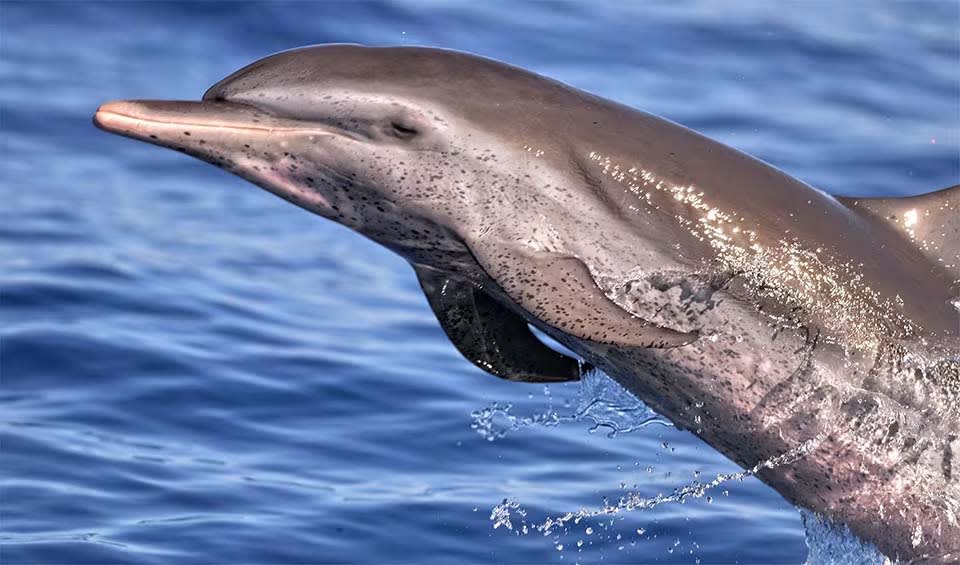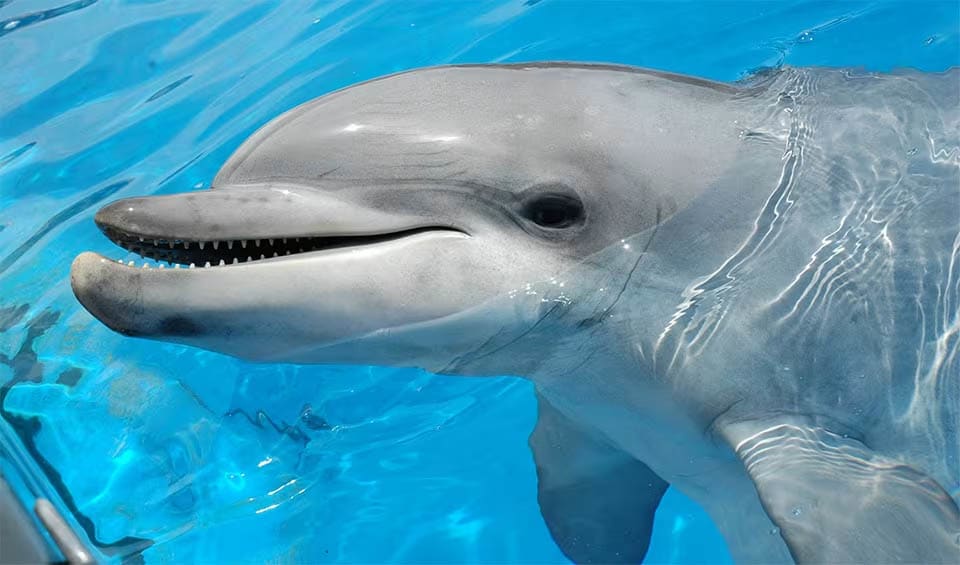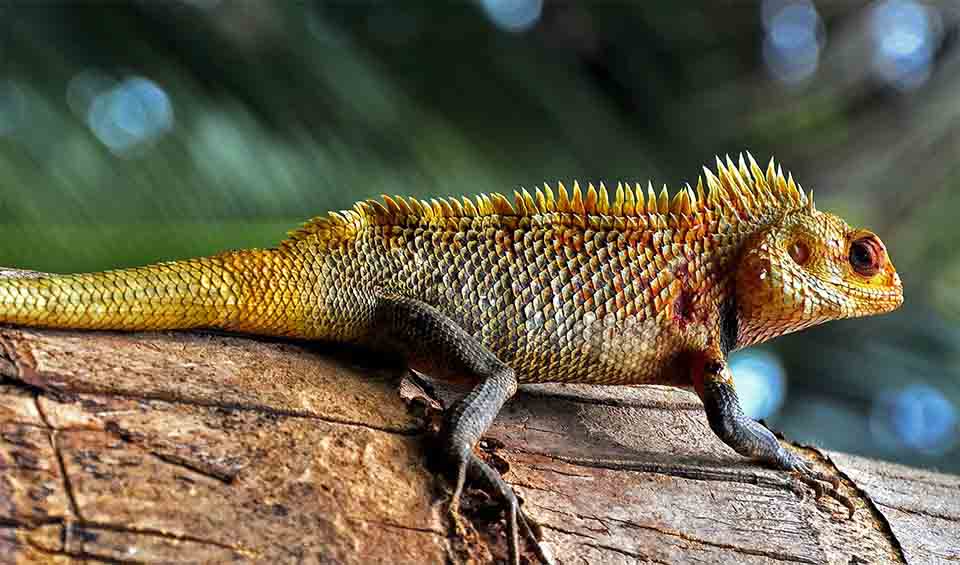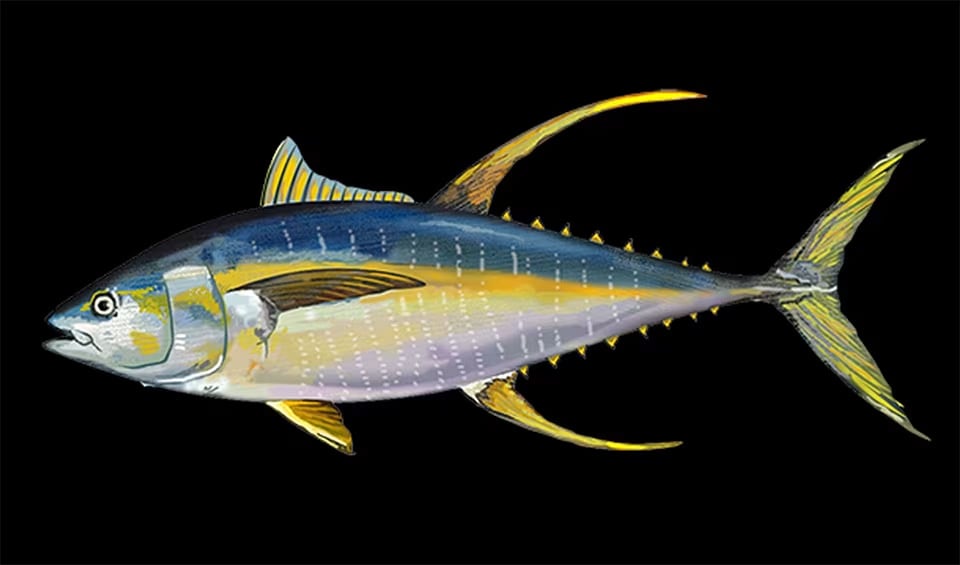An idyllic tropical paradise in the Indian Ocean, renowned for its stunning natural beauty, luxury resorts, and vibrant marine life. Comprising approximately 1,190 coral islands grouped into 26 atolls, the Maldives stretches over about 298 square kilometers (115 square miles) and is home to a population of around 530,000 people. The capital city, Malé, is a bustling hub that contrasts with the tranquility of the surrounding islands. Known for its turquoise waters, white sandy beaches, and rich coral reefs, the Maldives is a dream destination for tourists seeking relaxation, adventure, and a unique cultural experience.
Tourism is the backbone of the Maldivian economy, accounting for nearly a third of the country’s GDP. The Maldives is renowned for its luxury resorts, many on private islands offering exclusive and abundant experiences. These resorts cater to a high-end market with overwater bungalows, world-class diving and snorkeling opportunities, and unparalleled hospitality. The crystal-clear waters surrounding the islands are home to diverse marine life, including colorful coral reefs, tropical fish, manta rays, and whale sharks, making it a premier destination for underwater enthusiasts.
Four pillars elaborated:
The Maldives has made considerable progress in safeguarding its distinct marine and terrestrial environments, with a total of 91 protected areas established as of November 2023, encompassing 62,899.02 hectares (629 km²). These protected regions feature a diverse range of ecosystems, including coral reefs, mangroves, seagrass beds, and wetlands. Notably, the Maldives is home to three UNESCO Biosphere Reserves, which focus on integrating biodiversity conservation with sustainable use within various terrestrial and coastal ecosystems. Land Management
Land Management
Additionally, the Marine Protected Areas (MPAs) play a crucial role in preserving marine biodiversity, particularly coral reefs, various fish species, and marine mammals, highlighting the nation’s commitment to environmental conservation.
The pristine marine ecosystems of the Maldives face threats from natural factors like climate change, which leads to coral bleaching, and from human activities such as tourism and unsustainable exploitation. Pollution due to unregulated waste disposal, untreated sewage, and land reclamation and channel building pose significant risks to biodiversity. Nevertheless, measures such as bans on turtle and shark fishing, as well as coral mining, have been implemented to protect these environments. Threats to Biodiversity
Threats to Biodiversity
On land, the biodiversity of the Maldives is under pressure from unsustainable agricultural practices, including excessive use of chemical fertilizers and pesticides, vegetation removal for infrastructure and human settlements, and other developmental activities.
The Maldives has implemented policies and action plans to conserve biodiversity, including granting protected status to various areas. However, a challenge faced is the low allocation of government budgets and overseas donor support towards environmental protection. To address this issue, mechanisms for financing, capacity-building, coordination, and mainstreaming are being established. The Maldives is committed to implementing the National Biodiversity Strategy and Action Plan (NBSAP) and is developing mechanisms to monitor and review progress towards clear indicators. These indicators will measure the impact of conservation initiatives on endangered species, marine habitats, and pollution reduction. Capacity and Governance
Capacity and Governance
The Maldives has recognized the importance of preserving its biodiversity and is committed to meeting its international obligations under the Convention of Biological Diversity (CBD). To achieve this, the Maldives has developed the National Biodiversity Strategy and Action Plan (NBSAP) 2016-2025. This comprehensive multi-sectoral strategy and action plan, which was finalized in 2015, covers the entire nation. It outlines specific goals and objectives for conserving the Maldives’ unique and valuable biodiversity, integrating biodiversity conservation into all sectors of development and strengthening the country’s institutions, capacity building, and partnerships with stakeholders to ensure the success of conservation efforts. Future Trends
Future Trends
Biodiversity
Over 1,100 species of fish, including sharks, 5 types of sea turtles, and 21 species of whales and dolphins call the Maldives home, making it a destination with exceptional marine biodiversity. Its coral reefs, which are home to 180 species of corals and 400 species of mollusks, are a sight to behold. The Maldives is also home to a diverse range of invertebrates, with over 120 species of copepods, 15 species of amphipods, more than 145 species of crabs, and 48 species of shrimps. Manta rays, with an estimated population of around 5,000, are a significant highlight. These majestic creatures migrate depending on the abundance of plankton.While the Maldives’ land area is small, it hosts a few interesting terrestrial species. You’ll encounter endemic flying foxes and shrews, along with geckos and several snake species. However, marine ecosystems around the islands are where the Maldives truly shines. The Maldives is renowned for its incredible marine biodiversity, which includes whales (sperm, killer, and pilot whales) and dolphins (striped, spotted, and bottlenose). Green, hawksbill, and leatherback sea turtles also call the waters their home.
In the table below are the number of known species in several main groups, how many of these species are Threatened with extinction, and how many of them are Endemic (unique to Maldives only):
| Species (World rank) |
Threatened | % Threatened | Endemic | % Endemic | |
|---|---|---|---|---|---|
| Mammals | 26 (#191) | 2 | 7.7% | ||
| Birds | 82 (#200) | ||||
| Reptiles | 11 (#176) | 3 | 27.3% | ||
| Amphibians | 2 (#183) | ||||
| Fishes | 1,121 (#33) | 45 | 4.0% | 2 | 0.2% |
| Plants | 583 (#195) | 260 | 44.6% |
mammals
Pantropical spotted dolphin
A champion swimmer and a social butterfly of the warm seas
Common bottlenose dolphin
Known for their acrobatic leaps, twisting and turning gracefully as they jump completely out of the water
birds
Osprey
One of only six land-birds with a cosmopolitan distribution habituating all continents except Antarctica
Cotton pygmy goose
Smaller than most iPads, meet the tiniest duck in the world
Eurasian coot
Like those bulging red eyes weren’t scary enough, they eat their innocent chicks when hungry
reptiles
Oriental garden lizard
A lizard with vibrant hues – a living canvas of green, brown, and sometimes even blue
Hawksbill sea turtle
Its slender frame and narrow head bear a beak curved like a hawk’s, earning this marine marvel its name
Green sea turtle
Largest hard-shelled sea turtle on earth
National Animals
Yellowfin tuna
Popular food fish, prized for its mild flavor and firm texture













